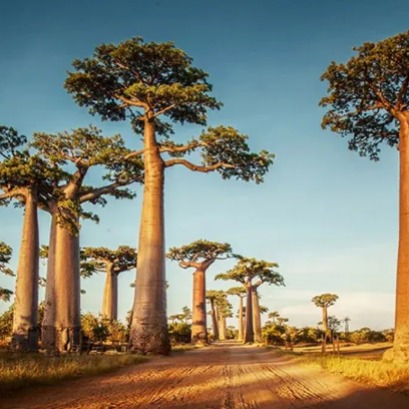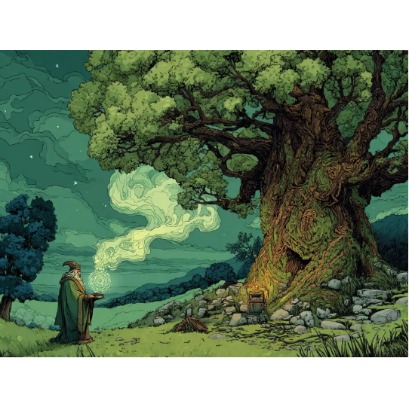
El fuego devora bosques enteros en el oeste de Canadá
Nada lograr frenar el avance de los incendios que devoran numerosos bosques en la provincia de Columbia Británica, en el oeste de Canadá.
Más de 3.000 bomberos batallan casi sin descanso contra el fuego en los alrededores de William Lake. Atizadas por el viento, las llamas se han extendido por numerosos lugares: hay más de un centenar de focos activos y las autoridades, que hace diez días decretaron el estado de emergencia, han ordenado nuevas evacuaciones. Casi 40.000 personas han tenido que abandonar sus hogares en la última semana:
- “Esas llamas tienen como diez metros de altura. Pensé que esta vez no iba a salir con vida, porque me tenían rodeado”, contaba con alivio y miedo un superviviente.
Desde principios de abril, han ardido más de 130.000 hectáreas de bosque en Columbia Británica . El pasado fin de semana, un helicóptero que trabajaba en las labores de extinción sufrió un accidente, aunque el piloto logró salvar la vida.

IT MAY INTEREST YOU
 The tree that retains more water in the world: stores up to 120,000 liters inside
The tree that retains more water in the world: stores up to 120,000 liters inside
With its imposing trunk and capacity to store water, this tree is a symbol of adaptation and survival in the most extreme environments on the planet.
 Since 2,000 were not enough, he planted 130,000 trees: he challenged the desert and turned it into an oasis
Since 2,000 were not enough, he planted 130,000 trees: he challenged the desert and turned it into an oasis
Its story is a testament to the human capacity to transform the environment through conscious action and respect for nature.
 These are the “Druid oaks”, ancient trees from British forests that are associated with the pagan past.
These are the “Druid oaks”, ancient trees from British forests that are associated with the pagan past.
Discover the druid oaks, centuries-old trees with a deep link to the druidic tradition and its symbology





















